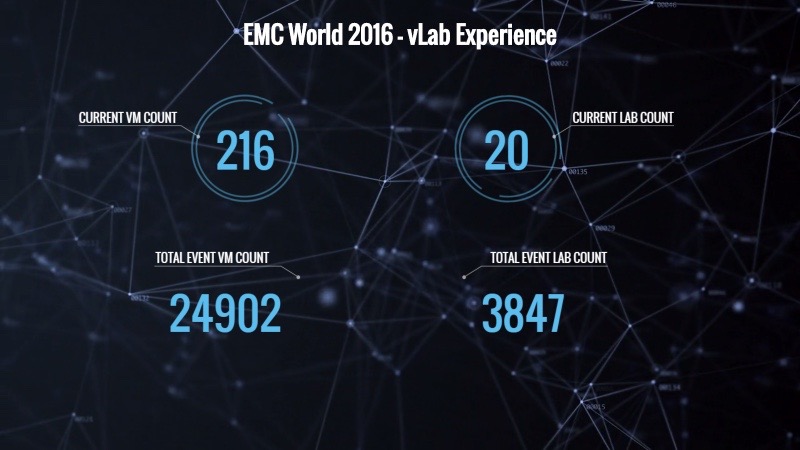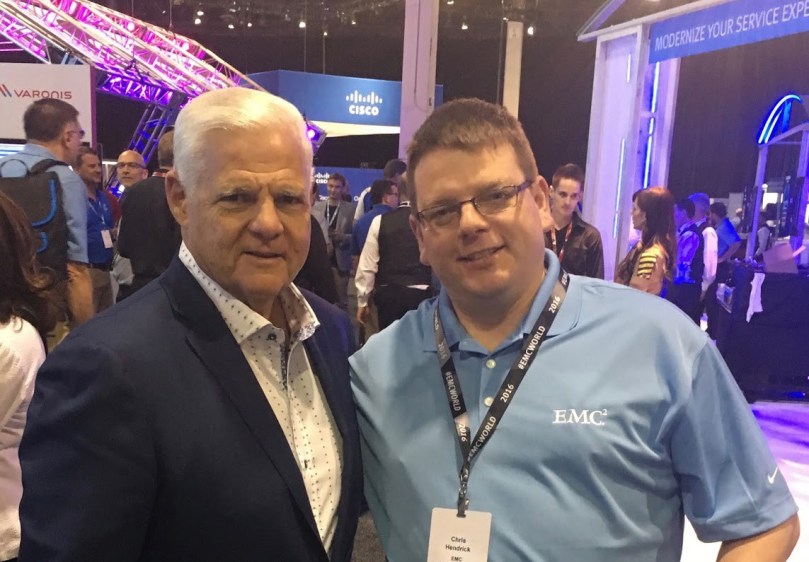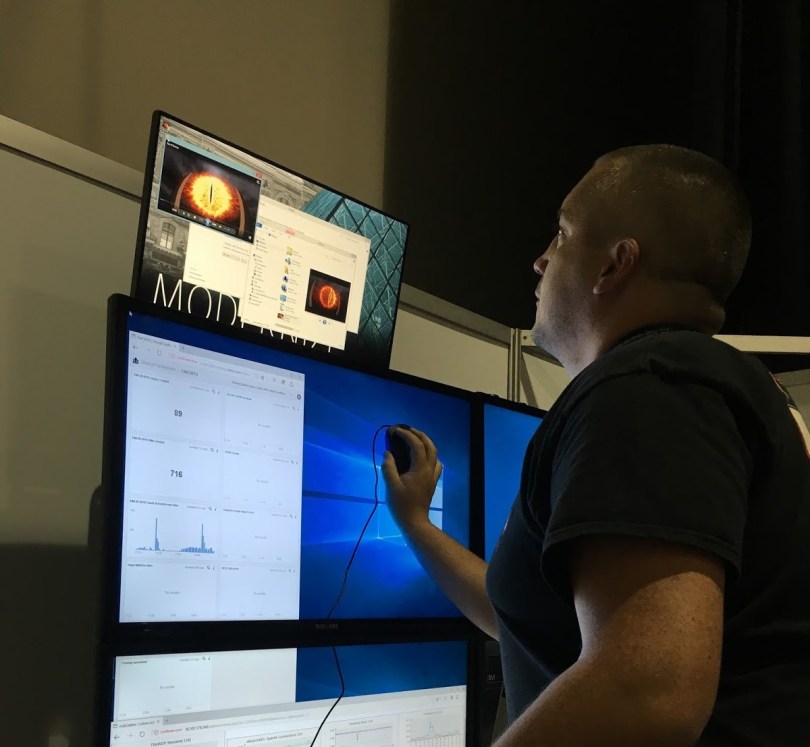As I am settling into my new role at MathWorks, I wanted to take a look back at my job search and touch on the subject of impostor syndrome. I learned about this topic as I was examining my reaction to any number of application rejections during my hunt. I didn’t know it at the time, but being denied employment led me to doubt my talents and accomplishments in a manner that felt real and genuine. I felt like a fraud or perhaps that as a leader, my team had done all the work and I had stood idly by. These feelings can occur at any time and have a name: impostor syndrome.
There has been a ton of scholarly work done on this topic and I’m not here to explain in detail what it is, why it is, how it is etc etc. This post is going to focus on how I experienced imposter syndrome and the effect it had on me during my job search. Most importantly, I believe, I want to touch on the ways in which I climbed out of the self doubt. Because I believe those techniques were the value I gained from the experience.
Finding a job is not easy. Or, more succinctly, finding the right job is not easy. Lets be honest that, regardless of how well the economy is doing, finding the right fit in tech is difficult. For me, “fit” was defined as a culture that I wanted to be part of (as defined here). I had applied to all sorts of companies: exclusively remote startups, public big tech, privately held, higher education, small, large etc. And I was rejected by all sorts of companies. And I was ignored by all sorts of companies – not hearing back after applying to a job you really want is the worst! All of that rejection mounts and you begin to doubt yourself. I can’t tell you how many times I read back through my resume, scanned old home directories, and wondered what I had actually done. Was I the one who delivered that project or was it really the team? Did I deserve that bonus or award or was it really my peers? Why did I never get that cert – could I really pass the test? Should I list that skill set on my resume? All of this self questioning isn’t all that healthy and was more than a little depressing. Some introspection is certainly warranted – especially being truthful on how you present your professional experience – but going overboard was hard for me to avoid.
Three techniques helped me to turn my brain around when I recognized it was going down an unhealthy path:
Keep digging through your old work. While a cursory analysis might yield questions around my contribution, further digging solidified the work I had done. As I dove deeper into projects and forced myself to remember the details, I was able to assign deliverables / outcomes to my own work. And then I wrote it down. This log proved very helpful for phone screens as I had a very clear picture of the work I had contributed.
Talk to professional acquaintances. As you are networking, you will be having professional conversations outside of the pressure of a job interview. These are very helpful in that they give you a chance to outline what you’re looking for and what your experience is. They give you practice and help to reinforce your confidence as you’re able to answer the questions that come at you. You can’t control how many phone screens you get but you can control how much you network. Run through LinkedIn and reconnect with old colleagues.
Talk to your support network. You’re not alone in your job hunt. You have a whole team rooting for you. Family, friends, old co-workers are valuable sources of encouragement or (sometimes better yet) distraction in your job search. Seeking some positive reinforcement is not a bad thing and can make that rejection email sting a little less.
These techniques worked for me but everyone is different, ymmv. Believe in yourself and your accomplishments. You earned it.
Do you have any insight into imposter syndrome or techniques for combating it? Please leave your thoughts in a comment.
Thanks
Chris







































